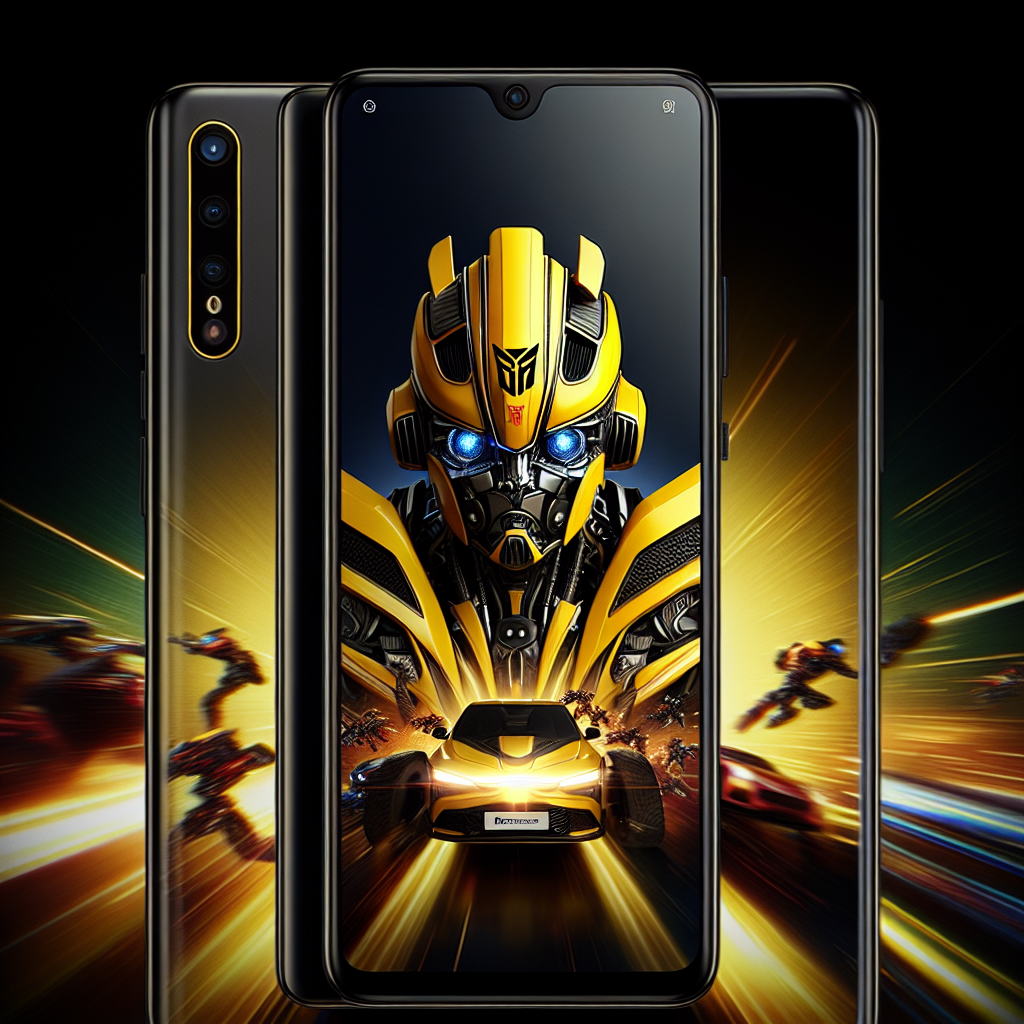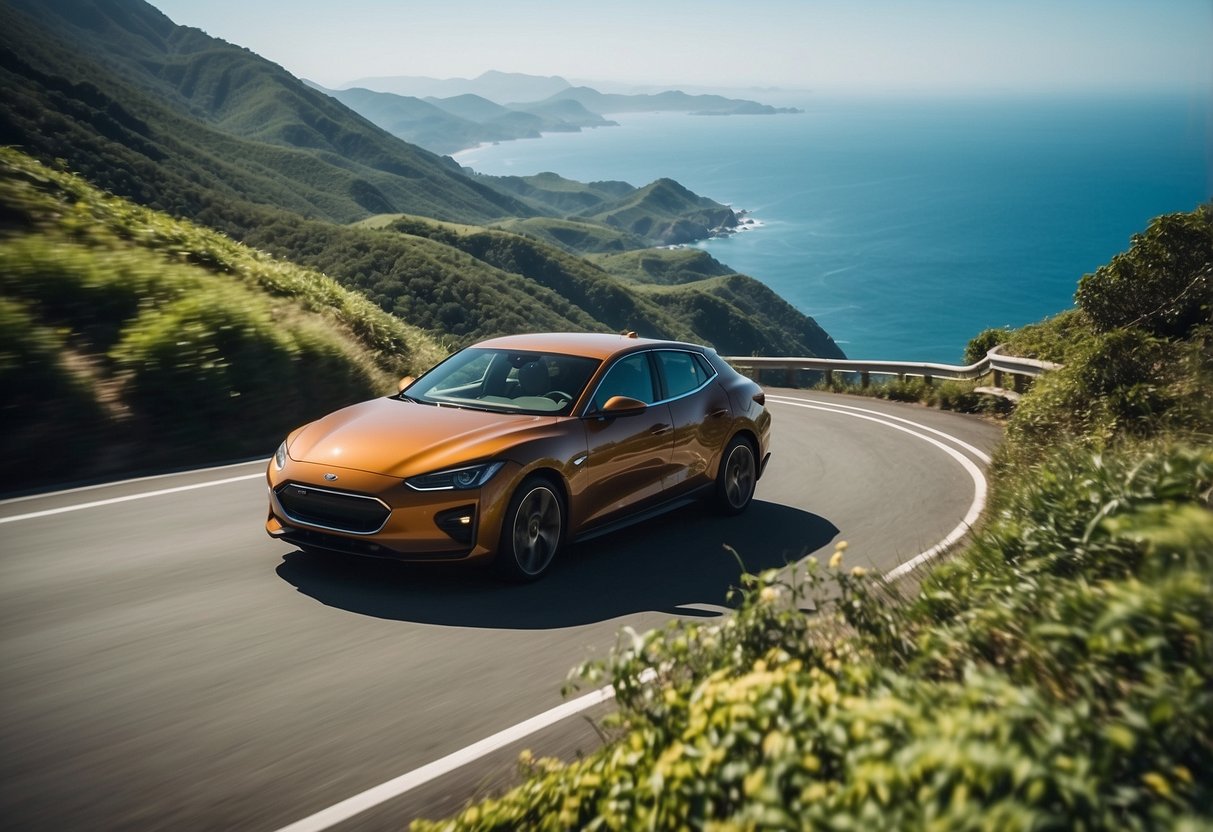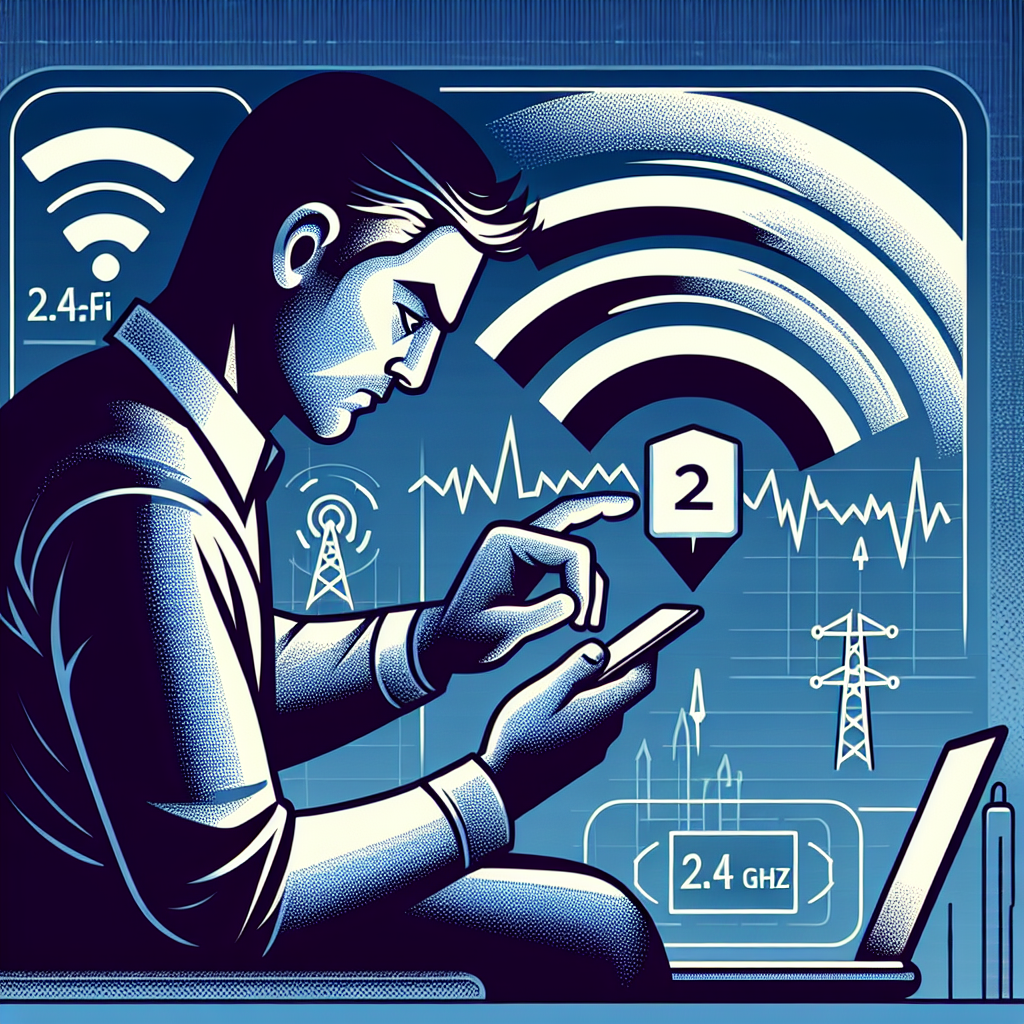Innovations in EV Charging Solutions: The Future of Electric Mobility
As electric vehicles (EVs) become increasingly popular, the demand for advanced charging solutions is on the rise. Innovations in EV charging solutions are not only enhancing user convenience but also contributing to a more sustainable future. This article explores the cutting-edge developments in EV charging technology, including ultra-fast charging, wireless charging, and smart grid integration.

Innovations in EV Charging Solutions: The Future of Electric Mobility
The electric vehicle (EV) revolution is here, reshaping our transportation landscape and prompting a slew of innovations in EV charging solutions. As consumers embrace EVs for their environmental benefits and cost efficiency, the infrastructure supporting them must evolve to meet growing demands. This article delves into the specific innovations currently transforming EV charging solutions.
1. Ultra-Fast Charging Stations
One of the most significant innovations in EV charging solutions is the development of ultra-fast charging stations. These stations can deliver power at rates exceeding 350 kW, allowing vehicles to charge to 80% in as little as 15-20 minutes. This is a game-changer for EV adoption, as it reduces downtime for drivers, making electric vehicles more comparable to traditional gasoline-powered cars.
For instance, companies like Ionity and Electrify America are leading the charge with their extensive networks of ultra-fast chargers. This innovation not only improves user experience but also addresses the range anxiety that many potential EV buyers face.
2. Wireless Charging Technology
Wireless charging technologies have emerged as a promising innovation in EV charging solutions. This technology utilizes electromagnetic fields to transfer energy between two coils and eliminates the need for physical connectors. Companies like WiTricity and Plugless Power are at the forefront of this development, testing systems that allow EVs to charge while parked over specialized pads.
The convenience of wireless charging could enhance adoption rates by simplifying the charging process, especially in scenarios where users can park for longer periods—such as at home or in office parking lots.
3. Smart Charging Solutions
Smart charging solutions are another innovation that is reshaping the EV charging landscape. These solutions utilize software to manage the charging process, optimizing it based on various factors such as energy availability, grid demand, and users’ charging habits. Smart chargers can significantly enhance the overall efficiency of charging by balancing charging loads across the grid, making it possible to use renewable energy sources more effectively.
Companies like Enel X provide platforms that allow users to schedule charging sessions during off-peak hours, resulting in lower costs and less strain on the electric grid. This not only benefits EV drivers economically but also promotes sustainability by utilizing green energy during its peak production times.
4. Integrated Charging Solutions in Urban Planning
Innovations in urban planning are also influencing EV charging solutions. Cities are increasingly integrating charging infrastructure into public spaces, hotels, and commercial properties. Urban planners are considering factors such as accessibility and availability, creating multi-use charging hubs that improve the user experience.
For example, cities like Amsterdam and Los Angeles are leading the way by installing charging stations in strategic locations, making EV charging as ubiquitous as conventional gas stations. Additionally, the incorporation of charging stations into the urban landscape promotes EV usage by visually normalizing electric mobility.
5. Battery Swapping Technology
Battery swapping is an innovative alternative to traditional charging solutions that focuses on replacing depleted batteries with fully charged ones rather than charging them in situ. Companies like NIO in China are pioneering this approach by establishing battery swapping stations that can exchange a battery within minutes.
This innovation effectively addresses the issue of long charging times and alleviates range anxiety. While still in its infancy in markets outside China, the concept has the potential to redefine charging paradigms if more countries adopt similar systems.
6. Mobile Charging Solutions
Mobile charging solutions are becoming more relevant as EV usage grows. These solutions include portable chargers or charging trucks that can provide emergency charging services on-demand. Companies are working on creating compact, high-capacity mobile charging units that can be deployed to provide quick charging services, catering to users who may not have immediate access to charging stations.
Mobile charging offers users flexibility and additional safety nets, making it easier to manage unexpected situations, such as running low on battery during a long road trip.
7. Renewable Energy Integration
Innovations in EV charging solutions are also focusing on integrating renewable energy sources into the charging infrastructure. Solar-powered charging stations are being developed, which allow users to charge their vehicles entirely from renewable resources. Not only does this approach reduce reliance on fossil fuels, but it also mitigates grid demands, especially during peak usage times.
Initiatives such as those from SolarCity are paving the way for energy-efficient EV charging options, turning vehicle charging into a sustainable practice that aligns with global initiatives for greener energy solutions.
Conclusion
As the electric vehicle market expands, innovations in EV charging solutions will continue to play a pivotal role in facilitating widespread adoption. From ultra-fast and wireless charging to smart, integrated solutions and sustainable energy practices, the future of EV charging is promising. By leveraging these innovations, we can build a more efficient, accessible, and eco-friendly landscape for electric mobility, enhancing the experience for every driver while contributing positively to the environment.
New posts

How Cities Are Adapting to Electric Vehicle Charging: Innovations and Strategies
Sustainability

Emerging Trends in Electric Vehicle Charging Standards: What to Watch for in 2024
Sustainability

The Future is Bright: EV Charging and Home Solar Panel Integration Explained
Home Improvement







Popular posts

How to Reset Your EV Charger: A Comprehensive Guide
Home Improvement
DIY Guide to Installing a Wallbox: A Step-by-Step Approach
DIY

Exploring the Latest EV Charging Station Design Trends
Technology Trends

Future Trends in Public EV Charging: What to Expect in the Coming Years
Sustainability

Insights from the Frontline: Interviews with EV Charging Industry Experts
Interviews

Understanding the Difference Between AC and DC Chargers: Key Insights
Energy Efficiency

EV Charger Firmware Updates: What You Need to Know
Firmware-Updates

The Future of EV Charging Stations and Smart Grid Integration: Transforming Energy Management
Sustainability

Breakthroughs in Wireless EV Charging: The Future of Electric Mobility
Innovation

EV Charging Myths vs Facts: Debunking Common Misconceptions
Sustainability